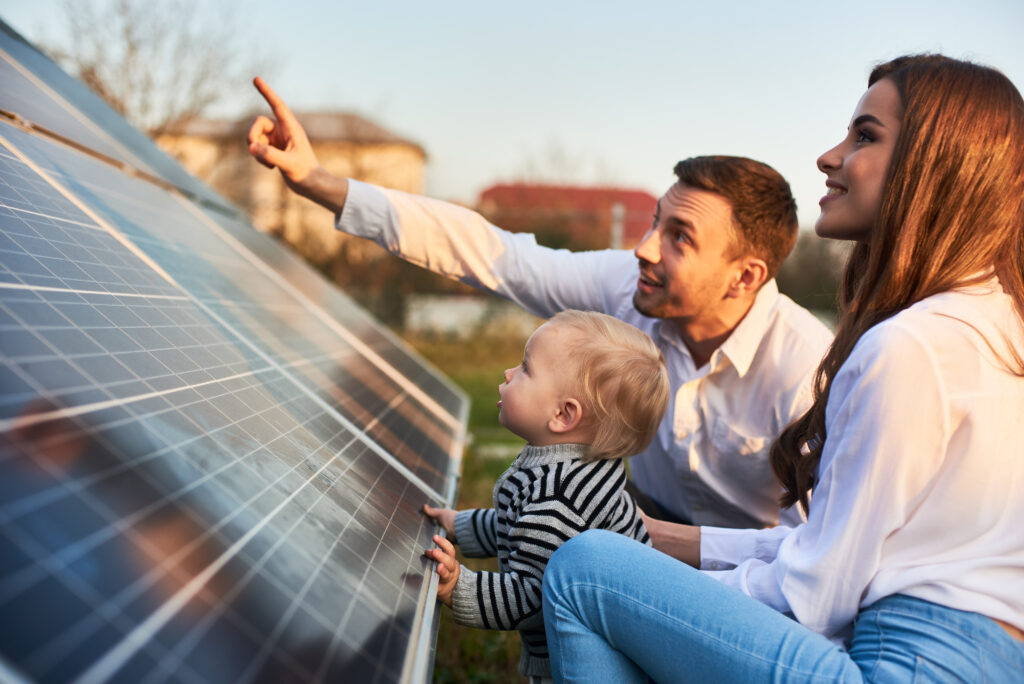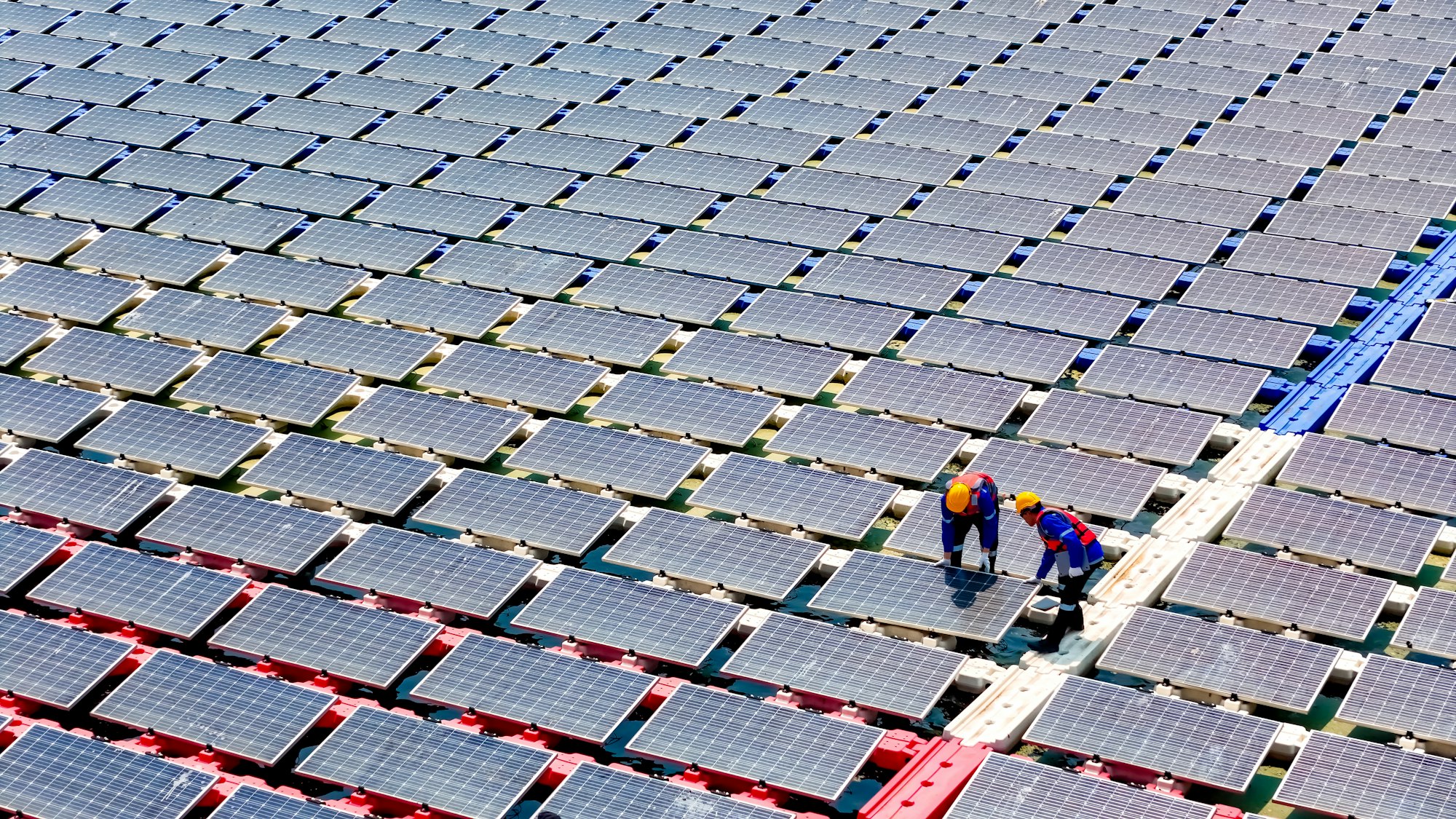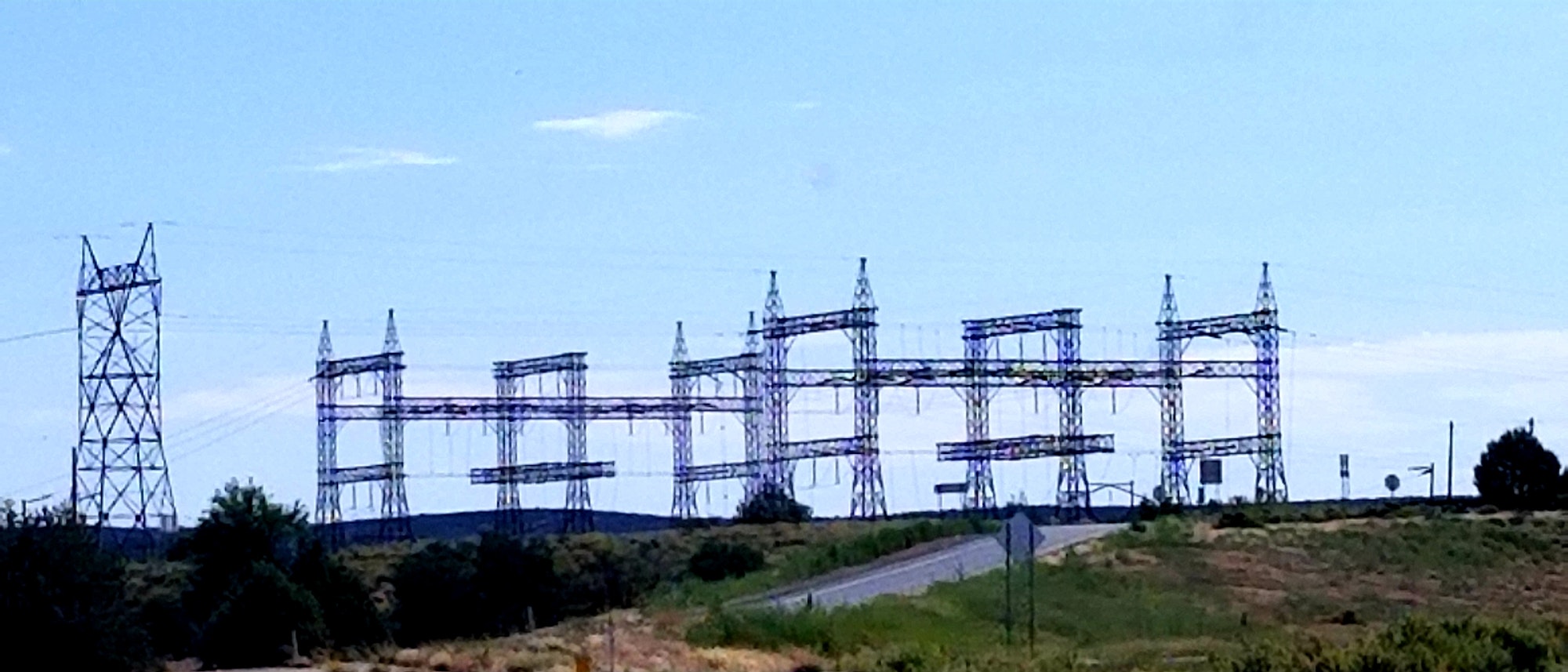Solar panels have become a popular and sustainable way to generate clean energy for homes and businesses. However, like any technology, solar panels have a finite lifespan. Knowing when to replace your solar panels is crucial to maintaining optimal energy production and maximizing your investment. Here’s an overview of when you’ll know its time to replace your panels, and factors to consider when removing and replacing them.
Understanding Solar Panel Lifespan
Solar panels are designed to be durable and long-lasting, but they don’t last forever. On average, most solar panels have a useful life of around 25 to 30 years. This lifespan can vary depending on factors such as the quality of the panels, the climate they’re exposed to, and how well they’re maintained.
Signs it’s Time to Replace Your Solar Panels
- Decreased Energy Production: One of the most noticeable signs of aging solar panels is a decline in energy production. If you find that your system is consistently generating less electricity than before, it might be an indication that the panels are deteriorating.
- Physical Damage: Inspect your panels regularly for physical damage, such as cracks, chips, or corrosion. Physical damage can not only reduce energy output but also create safety hazards.
- Yellowing or Discoloration: Fading or yellowing of the panels’ surface can be a sign of degradation. This may be due to exposure to harsh weather conditions over time.
- Visible Wear and Tear: If you notice that the panels’ protective coatings or seals are deteriorating, they might be vulnerable to moisture infiltration, which can lead to further damage.
- Inverter Failures: Inverters are crucial components that convert the DC electricity generated by the panels into usable AC electricity. Frequent inverter failures could be a sign that the panels are no longer performing optimally.
- Technological Advancements: Solar panel technology has evolved significantly in recent years. If your panels are outdated and new, more efficient options are available, you might consider an upgrade.
Factors to Consider During Replacement
- Age of the Panels: If your panels are nearing the end of their expected lifespan and are exhibiting signs of deterioration, it’s a strong indicator that replacement is necessary.
- Cost of Repairs vs. Replacement: In some cases, repairing or maintaining old panels might become more expensive than investing in new, efficient panels.
- Energy Efficiency: Newer panels often offer higher efficiency and better energy production, allowing you to generate more electricity with fewer panels.
- Warranty: Check the warranty of your existing panels. If they’re still under warranty and experiencing issues, you might be eligible for repairs or replacements under warranty terms.
- Financial Incentives: Consider any available incentives, rebates, or tax credits for upgrading to newer solar panel technology.
Choosing Replacement Panels
When considering replacement panels, it’s essential to do your research and consult with solar professionals. Look for panels from reputable manufacturers with a proven track record for quality and durability. Additionally, consider factors such as efficiency, power output, and warranty terms when making your decision.




